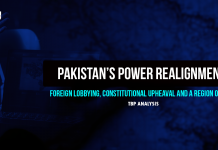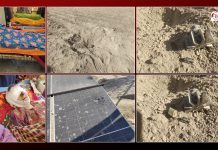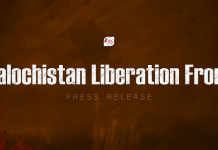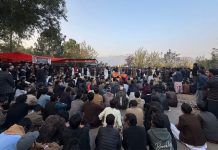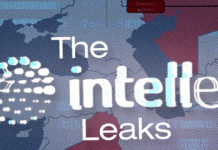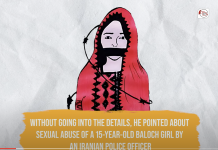Pakistan has released its new political map which claims Jammu & Kashmir, Junagadh & Manawadh, and complete Sir Creek as parts of Pakistan. These may sound as radical changes in the map but they are not. Pakistan used to show the state of Junagadh and even Hyderabad as its parts before 1971. Sir Creek (Border between Sindh and Gujrat) issue has always been there as well, Pakistan claiming its border to the Eastern end of the creek, whereas India says the border is in the middle of it. Similarly, Jammu and Kashmir (J&k) were always shown parts of Pakistan but with the dotted line and with a remark ‘disputed territory’, which has now been changed into ‘Illegally Occupied Jammu & Kashmir” and the red dots have been removed, making Gilgit-Baltistan and Kashmir as one entity. This can fire back as India also claims that Gilgit Baltistan is Kashmir and it is to be part of India as well.
Though the map also mentions that the ‘Final Status will be decided in line with the relevant UNSC resolutions’ but it can also go against Pakistan as UNSC (United Nations Security Council) resolutions ask for the removal of troops by both India and Pakistan from Kashmir, then carry out a plebiscite in the region whether the people want to stay a part of any country or choose to be an independent nation. Pakistan never removed its troops and a plebiscite never happened, however, it did include Kashmir virtually in Pakistan without caring about the aspirations of Kashmiri people. After all, it is only about territory, not people.
Interestingly, this is not only about Kashmir but also part of the map wars in the region. China was irked by India’s new map which was released in 2019 after the abrogation of Article 370 changing the status of Jammu and Kashmir which resulted into the formation of two unions (J&K and Ladakh) and the new map released by Indian government included Gilgit Baltistan as part of J&K union, whereas, some parts that China claims as her territory were included in Ladakh union. In retaliation, China fast-tracked its India-Containment policy. Clashes occurred on the LAC and map wars began as regional allies of China started bullying India by releasing their new maps.
Nepal released its new map which includes the Indian Territory. Nepal could not take such a measure if it was not for China’s back-up. Pakistan, on the other hand, is always on standby to follow Chinese orders and as expected, it followed the pattern, Pakistan released its new political map which includes Indian territory. Amusingly, the map does not mess with Chinese borders. For Pakistan, it is a win-win, not because the map will change anything on the ground but Pakistan kept China and its people happy without actually doing anything. Of course, the possibilities of back-firing due to the legal aspects of the new map exist but for the moment it gave something to Pakistani people to talk about on the anniversary of the abrogation of article 370.
Since the Junagadh issue has resurfaced, it gives Baloch people a chance to talk about their history and maps which has crippled their nation and divided its territory for decades now between, Iran, Pakistan, and Afghanistan. Junagadh could not become a part of Pakistan even when the Nawab Mahabat Khan the Third signed on the tool of accession because the people did not want it and they voted only 91 votes in favor of Pakistan during a referendum. Baloch people too had rejected Khan Kalat’s controversial decision of acceding to Pakistan but it was still “illegally occupied with the use of military might”.
As far as the boundaries of Balochistan are concerned, Baloch people have never accepted both the GoldSmid land and Durand line which divided Baloch people between modern-day Afghanistan and Iran. The Durand line deal was signed under suspicious conditions between Afghan Emir Abdul Rehman Khan and Mortimer Durand. Legally, international border agreements are needed to be signed by all participating parties but the Baloch and other nations have no signatures on the agreement till today.
Pakistan is aware of the weak legal and historic aspects of these borders and to divide the families across these artificial borders, Pakistan has been setting up fences along with Durand and GoldSmid line. In some cases, by using forced labour. Pakistan carving out new states in India forgets that her own borders are disputed as the Afghan government does not recognize Durand Line, Baloch nationalists do not recognize Durand as well as the Goldsmid line and the Sindhi nationalists have time and again released maps of Azad Sindhu Desh. What remains of Pakistan is the province of Punjab which too has Baloch districts of Dera Ghazi Khan and Rajanpur.

